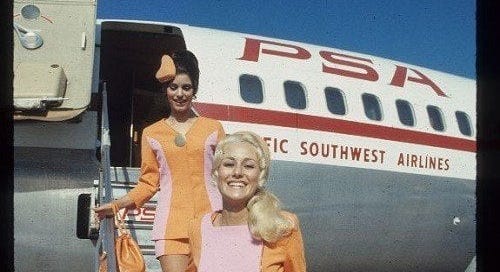Becoming Berkshire: The Go-Go Years of the 60s
Issue 15 | 1962-1969 A summary of Buffett & Berkshire's investments during the 1960s.
The 1960s was one of history's most tumultuous and divisive decades. The civil rights movement marked the era, the Vietnam War and antiwar protests, countercultural movements, political assassinations, and the emerging generation gap.
Television became a significant force in American life, influencing fashion, politics, and public opinion. Shows like The…
Keep reading with a 7-day free trial
Subscribe to Becoming Berkshire to keep reading this post and get 7 days of free access to the full post archives.




